How to Start CPR?
Providing CPR to adults
1. Assess for Scene Safety
Before approaching an unresponsive victim, ensure that your surroundings are safe. If the scene is not safe, you are putting yourself and/or other bystanders at risk of injury. Here are a few examples of scene that is NOT safe:
- The victim is surrounded by fire, poison, or exposed electric circuits
- The victim is stuck inside of a totaled car
- There is gunfire or violence occurring in the surroundings
If the scene is not safe, call 911. You may move or drag the victim to a safe area if it is safe for you to do so.
2. Check for responsiveness and calling 911
Tap the victim’s chest and shout: “are you OK?” If they do not respond, call 911. Be prepared to answer any and all of the dispatchers questions. Be aware of your exact location. If you do not know exactly where you are located, look for the closest landmarks and cross-streets to describe your location.
3. Check for a pulse
Check the victim’s pulse at the carotid artery – located on the side of the neck, right underneath the jaw. Check for a pulse for 5-10 seconds. If the victim has no pulse, immediately start chest compressions. If the victim has a pulse, but is not breathing, provide rescue breaths.
4. Chest compressions
Chest compressions are the most important part of the CPR sequence. Compressions help promote blood flow to vital organs in a person with no pulse. To perform chest compressions, ensure that the victim is lying down on a firm and flat surface. Position the palms of your hands on the lower half of the victim’s chest. Push hard and fast.
- Compress at a depth of at least 2 inches in adults
- Compress at a rate of at least 100-120 compressions per minute
- Allow the chest to recoil between each compression (this allows for maximum blood flow)
- Perform 30 compressions for every 2 breaths (30:2)
5. Ventilations
After each set of 30 compressions, deliver 2 breaths.
- With one hand, tilt the victim’s chin back to open the airway
- With the other hand, pinch the victim’s nose to close the nostrils
- Seal your mouth around the victim’s mouth, ensuring a tight deal
- Deliver each breath over 1 second, looking for rise and fall of the chest (you
You do not have to give mouth to mouth breaths! For health reasons, you do not have to provide breaths if you do not feel comfortable doing so. If you know the person, or feel comfortable providing breaths, go for it. In the event where you do not want to give breaths, provide continuous chest compressions until advanced care arrives.
Look for personal protective equipment (PPE), such as a face mask, pocket mask, or barrier device to give breaths. Different types of PPE can be found in first-aid kits or AED’s.
6. Using an AED
An Automatic External Defibrillator (AED) is used to shock the heart to restore a regular cardiac rhythm. Use the AED as soon as it becomes available, even if you are in the middle of giving compressions. You should ask someone to bring you an AED as soon as you notice a person is unresponsive. If you are alone, leave the victim to quickly retrieve an AED. AED’s are located in many public facilities such as gyms, schools, and airports, and are easily accessible.
AED’s may look different, but operate in the same basic way. When the AED arrives:
- Turn it on – look for the power button or simply open the carrying case
- Locate the adult pads – they will be labeled will a picture of the adult
- Place the pads on the victim’s bare, dry chest according to the diagram shown on the pads. Ensure that the pads never touch or overlap!
- After the pads are properly placed, plug in the pads’ connector to the AED and wait for the AED to analyze the heart rhythm
- If the AED advises a shock, make sure everyone is ALL CLEAR and press the shock button
- Immediately after the shock is delivered, resume chest compressions. Do not turn off the AED and do not remove the pads
AED’s are designed so that anyone can use them – once you turn on an AED, it will audibly prompt you with what to do. Be familiar with where the AED’s in your workplace or school are located!
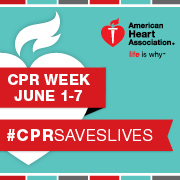
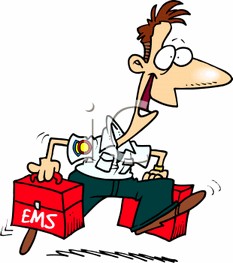
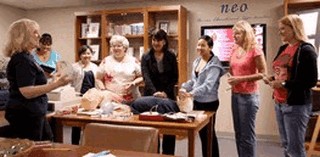
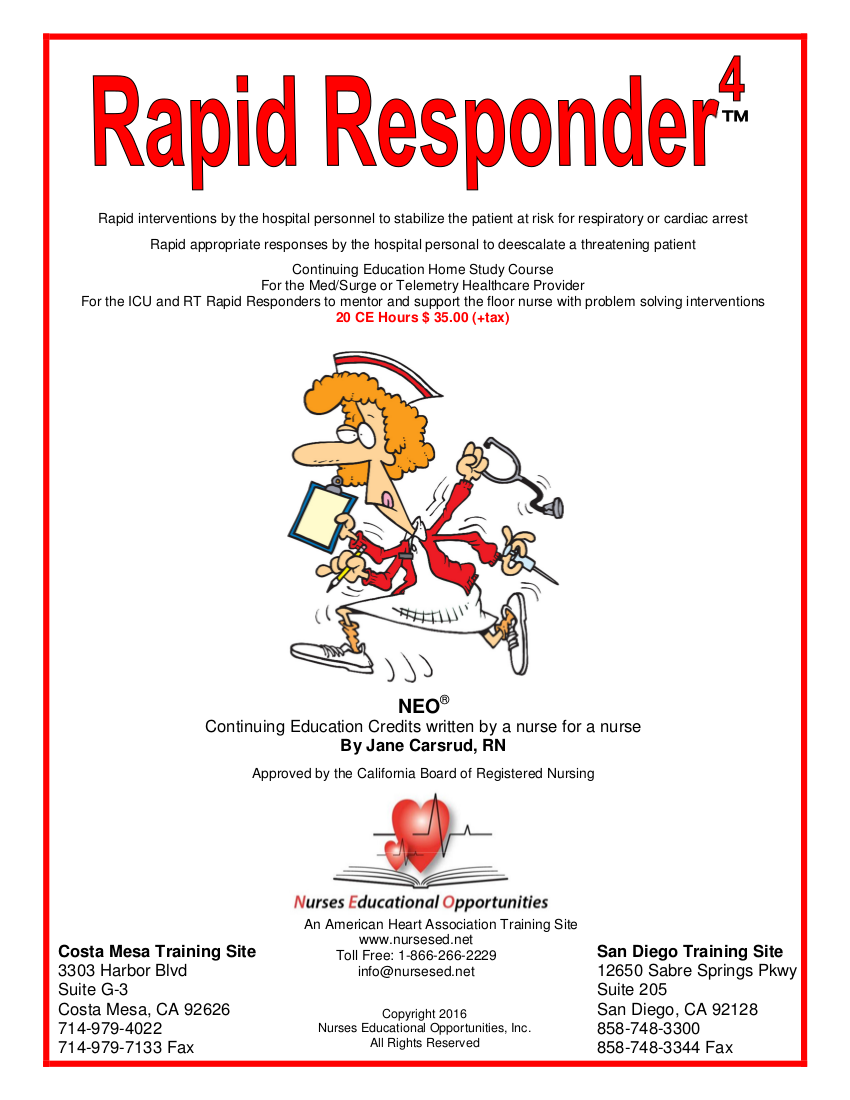
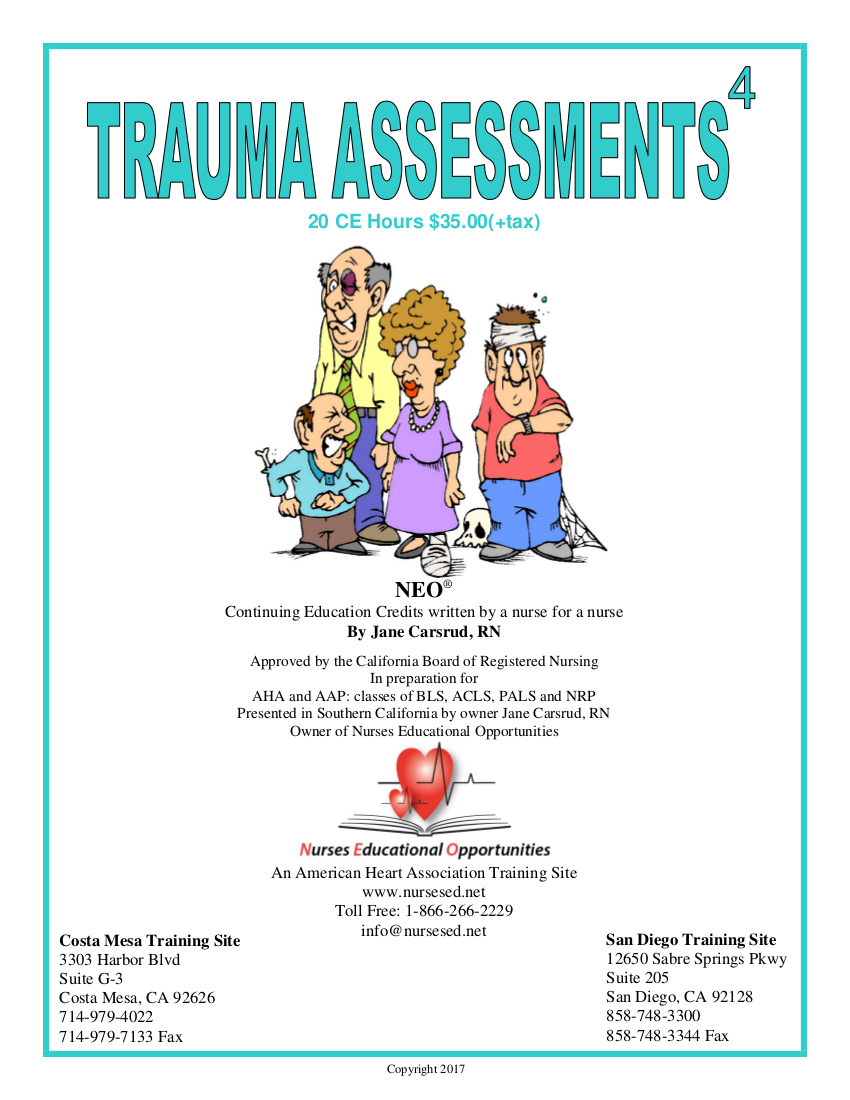
2 Comments
Ellen Hughes
I like that you mentioned that you should check the victim’s pulse that’s located on the side of their neck to know what you should do next to save them. My sister and I are interested in learning the proper way of doing CPR. We’re both unsure if we know how to exactly get a victim’s pulse, and we don’t want to go wrong. This is the reason why we’ll consider getting a CPR certification soon. Thanks!
Tyler Johnson
That’s good to know that you should use the AED as soon as you have it available and notice that the person is unresponsive. I would think that would be a good way to have a better chance of saving the person. I’ll have to consider getting an AED for my house so that if one of my family members needs to use ti that it will be available.